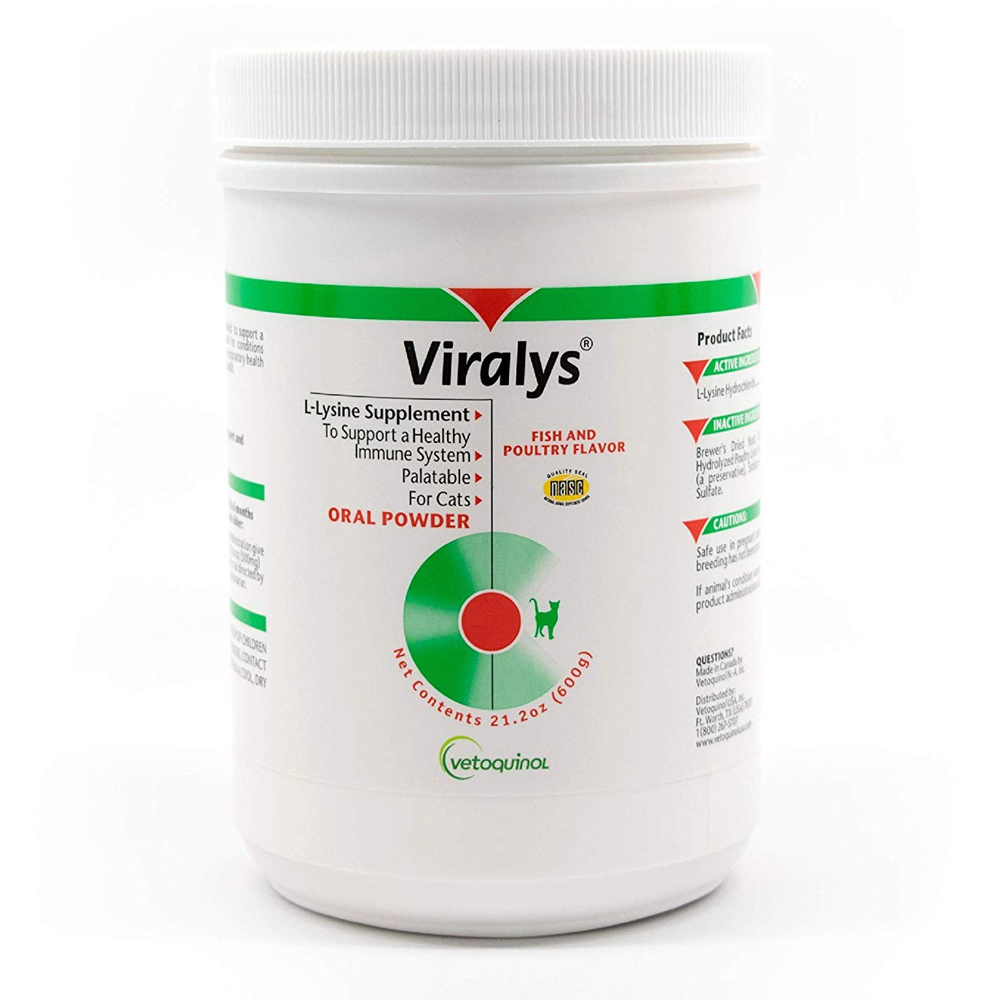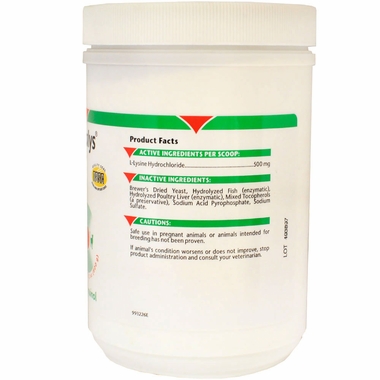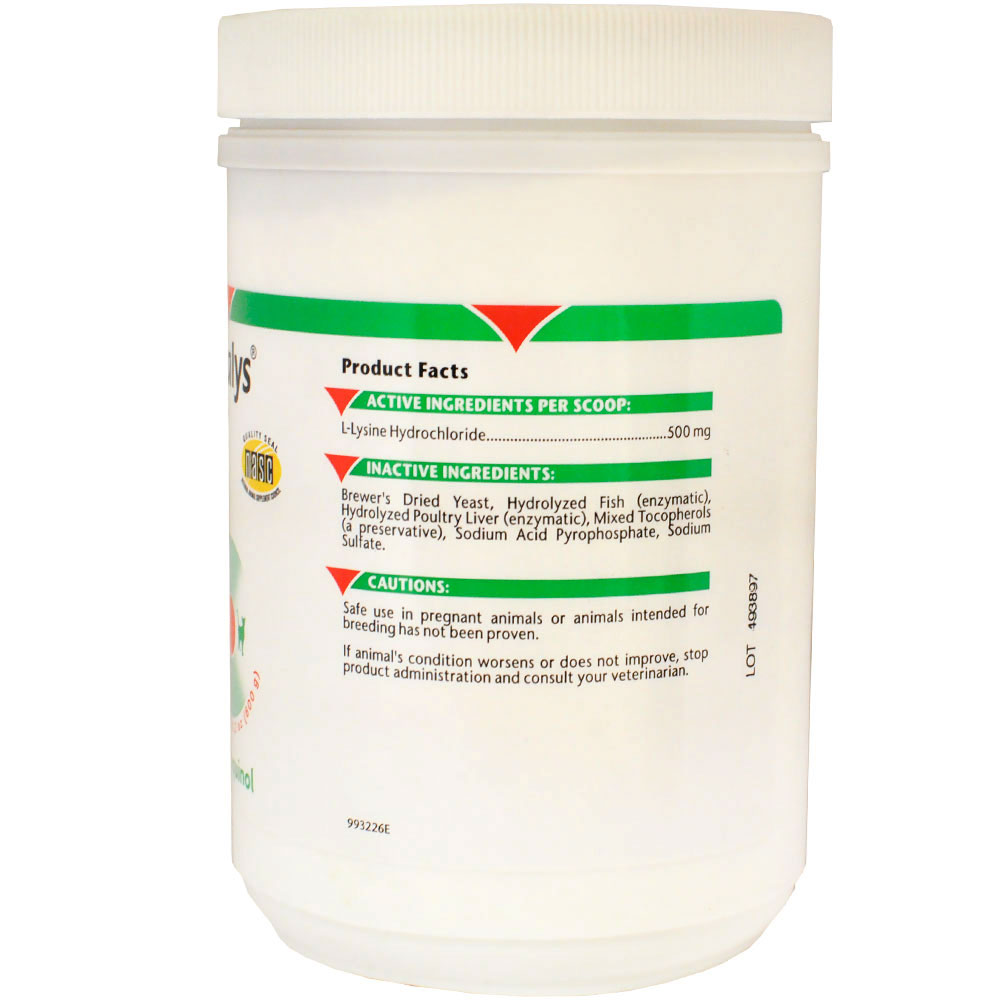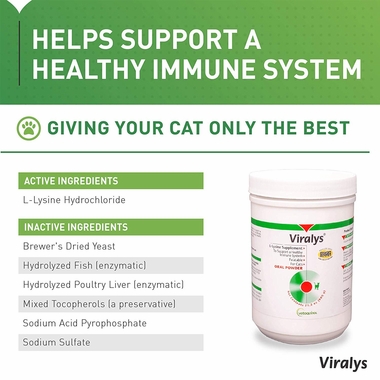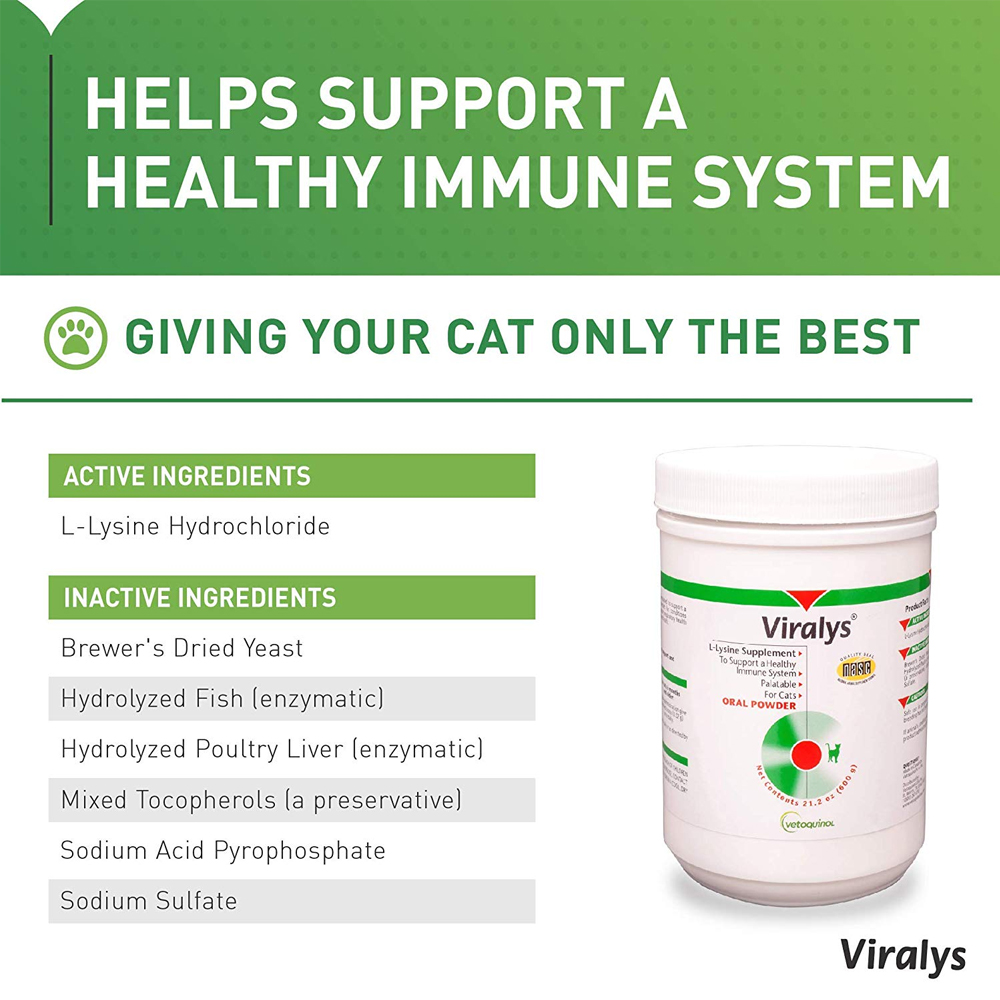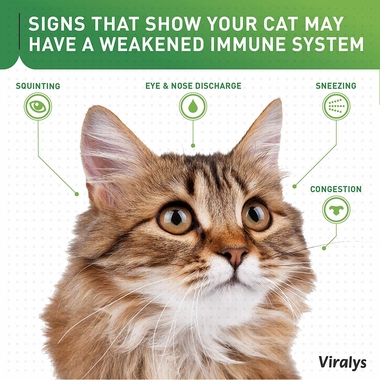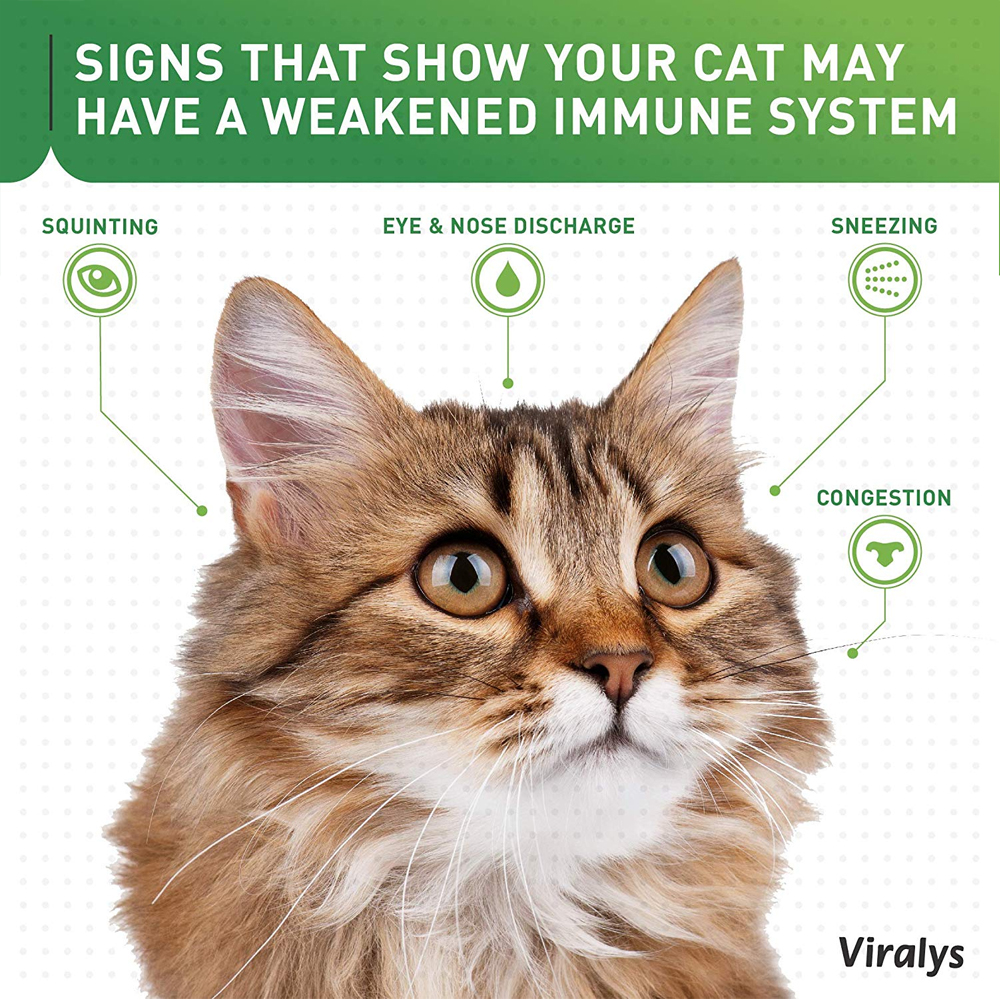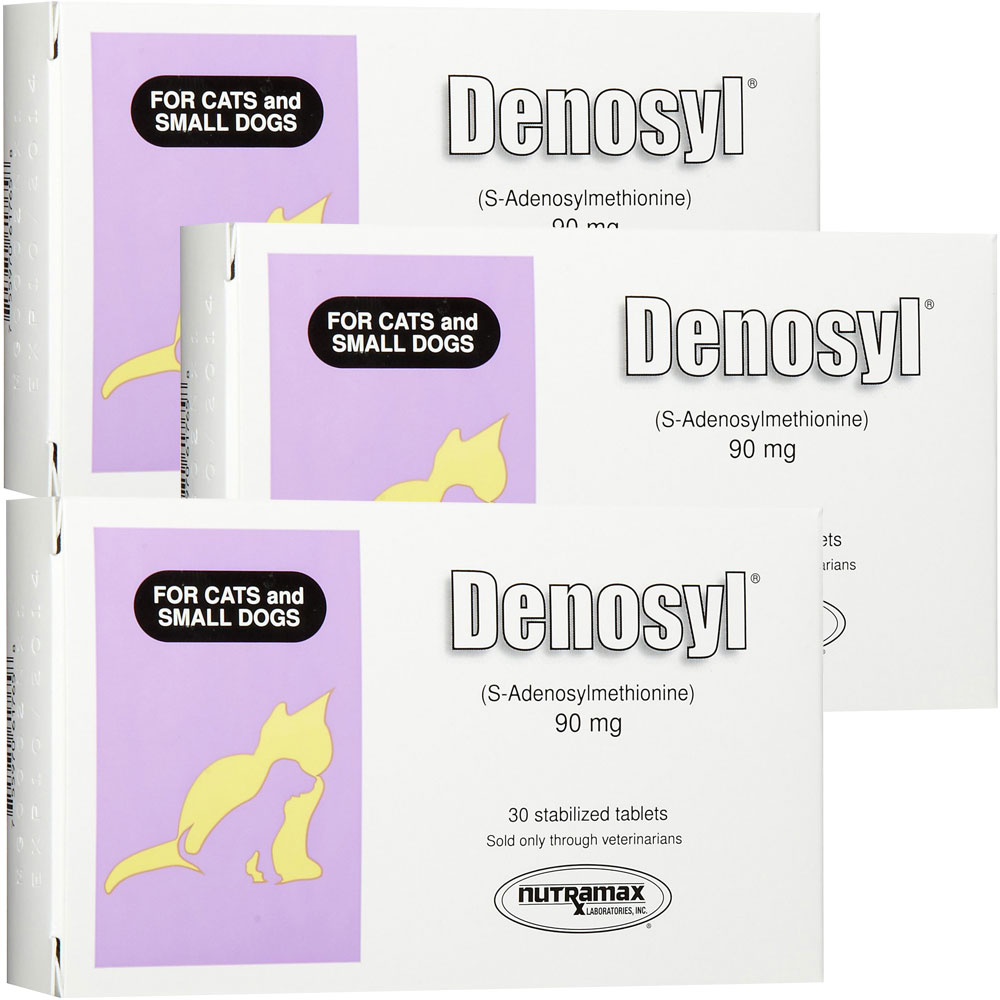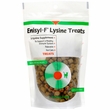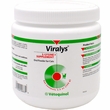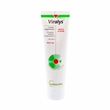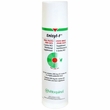Vetoquinol Viralys (L-Lysine) Powder (600 grams)
Description
Vetoquinol Viralys (L-Lysine) Powder (600 grams) meets the needs of a Lysine supplement which is a known help in cat herpes virus treatment, both for respiratory and eye symptoms. As an antibiotic, the powder can be ingested by a cat for systemic treatment and protection, and help control the effects of the virus in the affected feline patient.
Packaged in 600-gram containers for multiple doses with one order, Entirelypets.com sells Vetoquinol Viralys Powder in tasty flavors, convincing cat patients to take their medicine without a fuss. This is a good thing since, as any cat owner knows when a cat doesn’t want to do something their fish-hook claws and teeth emphasize the point clearly in case there was any confusion on the matter.
While reducing your cat’s stress and anxiety in its home environment will keep the virus symptoms to a minimum, having Vetoquinol Viralys Powder on hand will also contribute to a healthier, furry friend and a longer feline life.
Ingredients
Inactive Ingredients: Brewer's Dried Yeast, Hydrolyzed Fis (enzymatic), Hydrolyzed Poultry Liver (enzymatic), Mixed Tocopherols (a preservative), Sodium Acid Pyrophosphate, Sodium Sulfate.
Useful Information
Use: For use in cats & kittens as a nutritional supplement for conditions responsive to Lysine.
Feline Herpes Virus
What is feline herpes virus?
Feline herpes virus is an upper respiratory virus of cats. It is also known as rhinotracheitis virus. It is very common among cats, especially in environments where there are multiple cats or new cats are constantly interacting. The virus is spread through the air and replicates in the upper respiratory tract (nasal area, tonsils). The conjunctiva of the eye is also affected during the primary infection which results inconjunctivitis. Clinical signs of infection include sneezing and ocular and nasal discharge. In most cases the primary infection resolves with no residual ocular lesions. However, depending on the age when the cat is affected, the serotype of the virus (infectivity or strength of infection), and other factors, there may be various ocular signs. In very young cats, adhesions of the eyelids to each other or to the cornea may occur. Adult cats may experience recurrent conjunctivitis or corneal ulcers. The virus remains latent in the nerves that serve the eyes. When a cat is stressed or exposed to new serotypes (different strains) of herpes virus, the ocular disease can recur. There is some evidence that eosinophilic keratitis, plasmacytic-lymphocytic keratitis, corneal sequestrum, and some cases of anterior uveitis may be associated with feline herpes virus infection.
How do cats get feline herpes virus?
Most cats are affected as kittens, contracting the infection from their mothers. Stray cats, multi-cat households, and cats from households where new cats are constantly introduced are more likely to suffer infection. Feline herpes virus is not contagious to dogs or to humans but only affects cats.
How is feline herpes virus diagnosed?
History and clinical signs can diagnose ocular diseases caused by feline herpes virus. Aside from history and clinical signs, diagnostic tests for feline herpes virus include virus isolation, immunofluorescent antibody testing, polymerase chain reaction testing, serology, and cytology. Testing can be expensive and is generally reserved for specific cases. Tests that may not specifically detect the presence of herpes may be used to detect ocular disease caused by herpes. These tests include a Schirmer tear test (measuring tear production), corneal staining, and conjunctival biopsy.
How is feline herpes virus treated?
Treatment for feline herpes virus infections is nonspecific and generally directed at controlling secondary bacterial infection. A topical antibiotic such as tetracycline or erythromycin may be prescribed for use in the eye. Systemic antibiotics may also be prescribed. Oral L-Lysine is recommended by many veterinary ophthalmologists at a dose of 250-500 mg twice daily. Lysine competes with another amino acid, arginine, that herpes virus must have in order to reproduce. Lysine has been demonstrated to decrease the severity of ocular symptoms associated with herpes virus infection (1) and reduce viral shedding during periods of disease recurrence (2). Depending on symptoms, other medications such as topical antiviral drugs, topical polysulfated glycosaminoglycans, topical nonsteroidal anti-inflammatory drugs or topical interferon may be used. In some cases the ocular diseases resulting from feline herpes virus may require surgical intervention. The key to managing the clinical signs associated with feline herpes virus is controlling the cat's environment. Cats exposed to multiple cats (indoor-outdoor cats), cats in multiple cat households, or cats that are frequently introduced to new cats are difficult to keep disease free. Reducing stress by maintaining a stable routine is helpful in preventing recurrences of disease. Keep in mind that it is the nature of the virus to see recurrences of the disease and periodic treatment is often necessary.
KEEP OUT OF THE REACH OF CHILDREN
WARNINGS: For animals use only. Keep out of the reach of children and animals. In case of accidental overdose, contact a health professional immediately. Store in a cool, dry place.
CAUTIONS: Safe use in pregnant animals or animals intended for breeding has not been proven. If animal's condition worsens or does not improve, stop product administration and consult your veterinarian.


